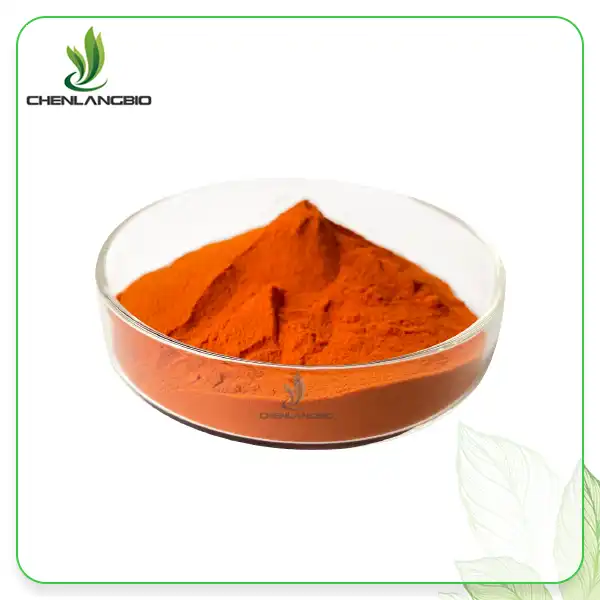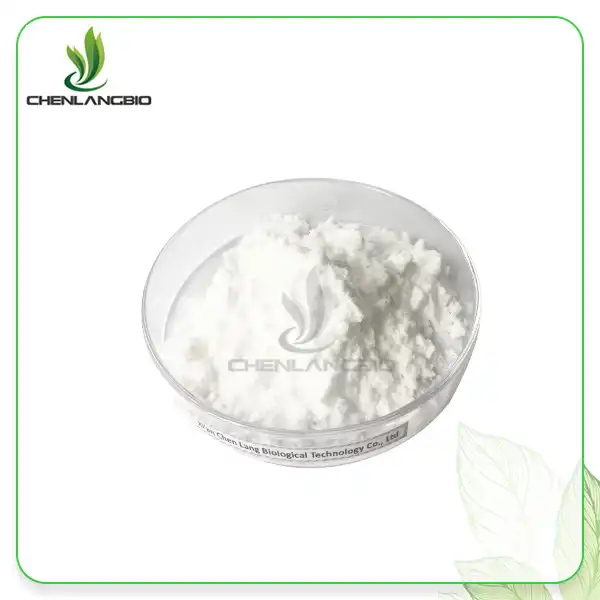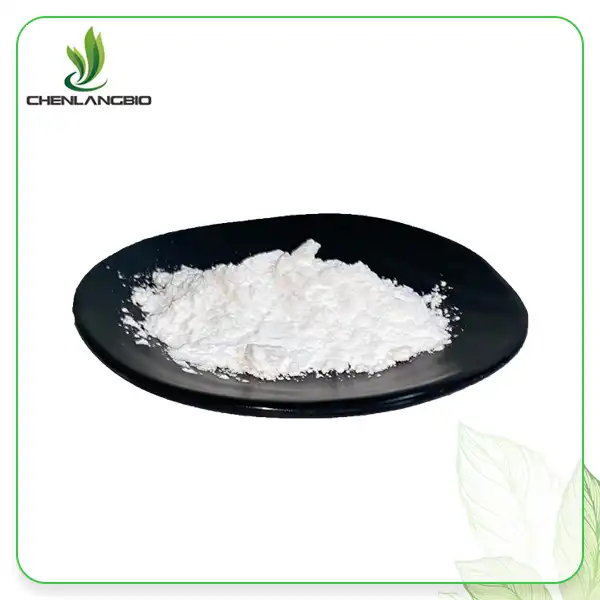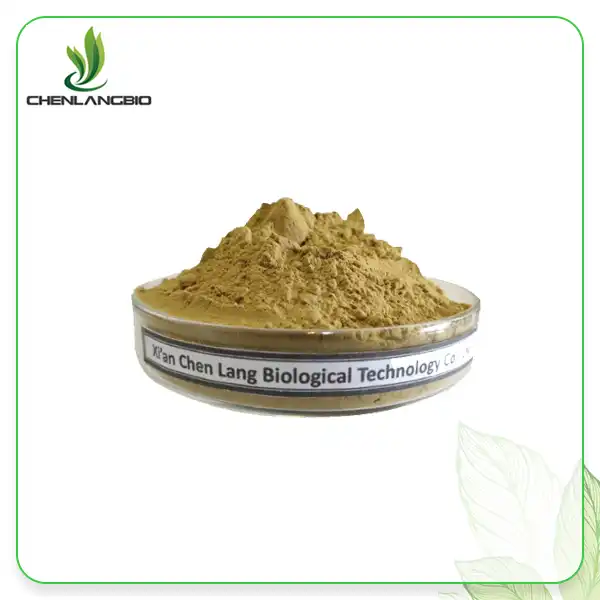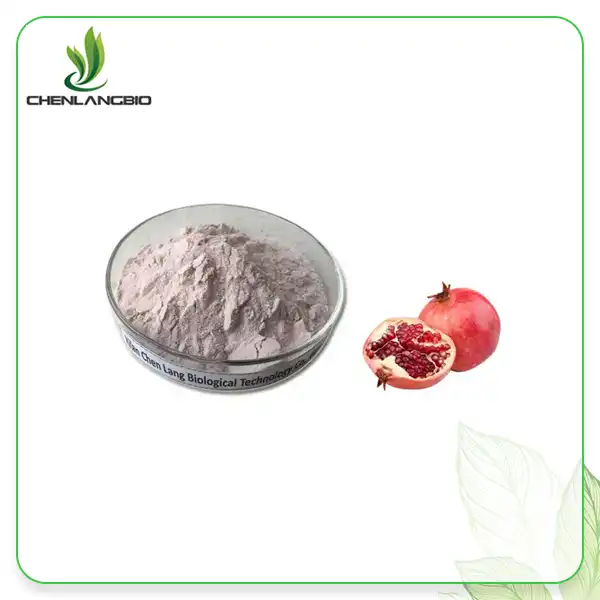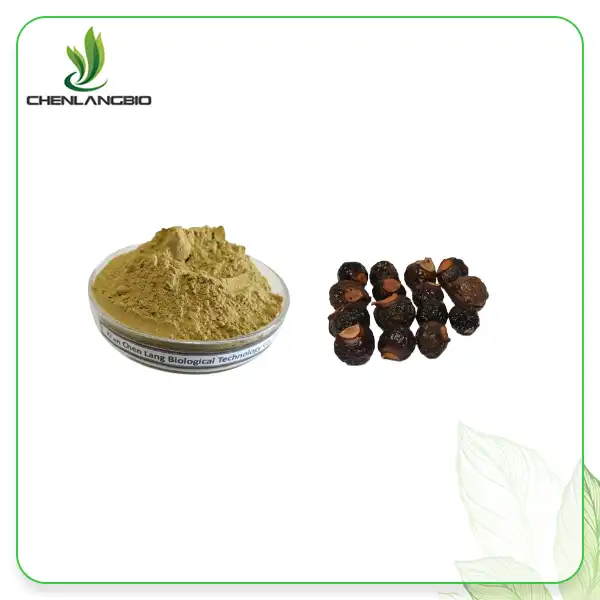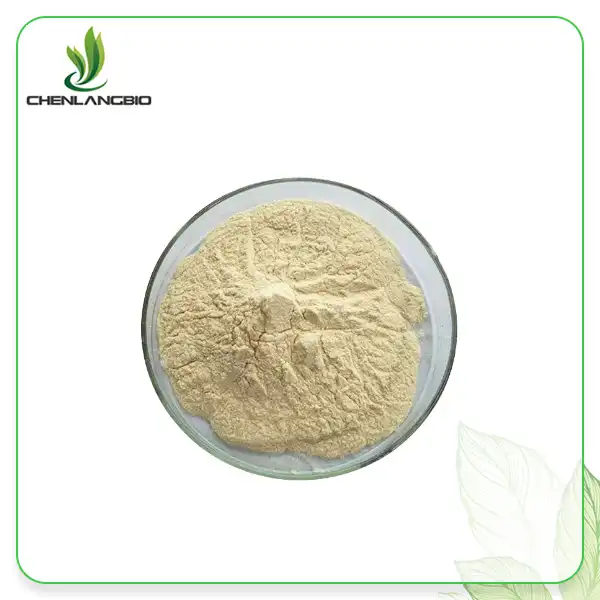Can I Use Sodium Ascorbyl Phosphate with Niacinamide
2024-07-13 13:46:34
The benefits of sodium ascorbyl phosphate (SAP), a stable, water-soluble derivative of vitamin C, for the skin are well known. Vitamin B3, or niacinamide, is another powerful substance that has many skin advantages and is well-known for its flexibility. Due to their complementary qualities, the use of these two substances together in skincare products has drawn a lot of interest. We will discuss the advantages, compatibility, and optimal usage of sodium ascorbyl phosphate and niacinamide in this blog.
What Are the Benefits of Combining Sodium Ascorbyl Phosphate and Niacinamide?
Enhanced Antioxidant Protection
The skin's ability to withstand oxidative stress can be greatly enhanced by niacinamide and SAP. Strong antioxidants like SAP are widely recognized for helping to squelch free radicals, which can harm skin and hasten aging.
Niacinamide also aids in antioxidant protection by improving the skin's barrier function and reducing oxidative stress.This content looks too robotic
Together, they form a robust barrier that shields the skin from the elements and promotes skin health and resilience.
Improved Skin Tone and Texture
Both niacinamide and SAP can make the skin look and feel better. SAP reduces hyperpigmentation and dark spots by inhibiting the production of melanin, resulting in a complexion that is brighter and more even. By reducing the transfer of melanin to the skin's surface, niacinamide further prevents skin discoloration and enhances this effect. By encouraging healthy cell turnover and diminishing the appearance of pores, niacinamide also contributes to the smoothing of the skin's texture.
Boosted Collagen Production
The skin needs collagen to be supple and firm. The production of collagen is enhanced by SAP, potentially mitigating the appearance of fine lines and wrinkles. In addition, niacinamide strengthens the skin's natural barrier and improves the skin's capacity to hold onto moisture—two elements that are essential for preserving plump, young skin. Over time, the combined advantages of these components may result in skin that is firmer and more supple.
Reduction in Acne and Inflammation
Both SAP and niacinamide have anti-inflammatory qualities that help lessen acne and calm inflamed skin. SAP is advantageous for skin that is prone to breakouts since it lowers inflammation and inhibits the growth of germs that cause acne. Moreover, niacinamide reduces inflammation and controls sebum production, which generally improves skin clarity and helps avoid breakouts. The ideal skin type for this combination is sensitive or acne-prone.
Enhanced Hydration and Barrier Function
Maintaining adequate hydration is crucial for healthy skin. SAP helps improve the skin’s barrier function, which aids in retaining moisture and keeping the skin hydrated. Niacinamide enhances this effect by increasing the production of ceramides, which are essential for maintaining the skin’s lipid barrier. Together, they help keep the skin well-hydrated and protected against environmental stressors, leading to a smoother and more resilient complexion.
How Should You Use Sodium Ascorbyl Phosphate and Niacinamide Together?
Understanding the pH Compatibility
One of the key considerations when combining sodium ascorbyl phosphate and niacinamide is their pH levels. SAP is most effective at a slightly acidic pH, while niacinamide works well in a broader pH range. It is essential to ensure that the products you use together are formulated within compatible pH ranges to maintain their efficacy. Many modern skincare products are designed with this in mind, making it easier to incorporate both ingredients into your routine without compromising their effectiveness.
Layering Techniques
When it comes to layering SAP and niacinamide, the order of application can impact their absorption and effectiveness. A general rule of thumb is to apply products from the thinnest to the thickest consistency. Typically, SAP serums are lightweight and should be applied after cleansing and toning. Follow with niacinamide, which can come in the form of a serum or a moisturizer. This layering technique ensures that both ingredients are absorbed properly and can work synergistically to benefit your skin.
Frequency of Use
For most skin types, using SAP and niacinamide once or twice daily is effective. Start by incorporating them into your evening routine to allow your skin to adjust. Once your skin has acclimated, you can also use them in your morning routine, ensuring you follow up with sunscreen to protect your skin from UV damage. Regular use is key to achieving the best results from these powerful ingredients.
Patch Testing
As with any new skincare products, it is crucial to perform a patch test before incorporating SAP and niacinamide into your routine. Apply a small amount of each product to a discreet area of your skin and monitor for any adverse reactions over 24 hours. If no irritation occurs, you can safely use them on your face. Patch testing helps prevent potential reactions and ensures that your skin tolerates the combination well.
Are There Any Side Effects When Using Sodium Ascorbyl Phosphate with Niacinamide?
Potential for Mild Irritation
While both SAP and niacinamide are generally well-tolerated, some individuals may experience mild irritation when first introducing them into their skincare routine. This can manifest as redness, dryness, or a slight stinging sensation. These side effects are usually temporary and subside as your skin adjusts to the new ingredients.
Managing Sensitivity
To minimize the risk of irritation, start by using products with lower concentrations of SAP and niacinamide. Gradually increase the concentration as your skin builds tolerance. Additionally, incorporating soothing ingredients such as aloe vera, chamomile, or centella asiatica can help calm the skin and reduce potential irritation.
Allergic Reactions
In rare cases, some individuals may have an allergic reaction to SAP or niacinamide. Symptoms can include severe redness, itching, or swelling. If you experience any of these symptoms, discontinue use immediately and consult a dermatologist. It is essential to be mindful of your skin’s response and adjust your routine accordingly.
Monitoring Skin's Response
Regularly monitor your skin’s response to SAP and niacinamide. If you notice persistent irritation or any adverse reactions, it may be necessary to adjust the frequency of use or switch to products with lower concentrations. Consulting with a dermatologist can also provide personalized advice and recommendations based on your skin type and concerns.
Can Sodium Ascorbyl Phosphate and Niacinamide Be Combined with Other Skincare Ingredients?
Compatibility with Hyaluronic Acid
Hyaluronic acid is a popular hydrating ingredient that pairs well with both SAP and niacinamide. It helps draw moisture into the skin, enhancing hydration and improving the overall texture. Using hyaluronic acid in conjunction with SAP and niacinamide can provide a comprehensive approach to skincare, addressing multiple concerns simultaneously.
Combining with Retinol
Retinol is a powerful anti-aging ingredient that can complement the benefits of SAP and niacinamide. However, it is essential to use retinol and SAP/niacinamide at different times to avoid potential irritation. A common approach is to use retinol in your evening routine and SAP/niacinamide in the morning. This ensures that your skin receives the benefits of all three ingredients without overwhelming it.
Avoiding Incompatible Ingredients
Certain ingredients may not pair well with SAP and niacinamide. For instance, benzoyl peroxide can reduce the effectiveness of SAP, and combining it with niacinamide can increase the risk of irritation. Copper peptides should also be avoided when using SAP, as they can destabilize vitamin C derivatives. Always check the compatibility of your skincare products to ensure they work harmoniously together.
Layering with Sunscreen
Sunscreen is a non-negotiable step in any skincare routine, especially when using active ingredients like SAP and niacinamide. UV exposure can negate the benefits of these ingredients and contribute to skin damage. Always apply a broad-spectrum sunscreen with at least SPF 30 as the final step in your morning routine to protect your skin from harmful UV rays.
How Long Does It Take to See Results from Sodium Ascorbyl Phosphate and Niacinamide?
Initial Improvements
Most individuals start to notice initial improvements in their skin within a few weeks of using SAP and niacinamide. These early changes can include enhanced hydration, reduced redness, and a brighter complexion. Consistency is key, so ensure you use the products as directed for the best results.
Long-Term Benefits
For more significant improvements, such as reduced hyperpigmentation, fine lines, and overall skin texture, it may take several months of consistent use. The skin's natural renewal process takes time, and regular use of SAP and niacinamide can gradually transform your complexion. Patience and persistence are essential to achieving and maintaining these long-term benefits.
Tracking Progress
Keep track of your skin’s progress by taking regular photos and noting any changes in your complexion. This can help you monitor the effectiveness of SAP and niacinamide and make any necessary adjustments to your routine. Consulting with a dermatologist can also provide valuable insights and recommendations based on your skin’s specific needs.
Adjusting Your Routine
As your skin improves, you may need to adjust your skincare routine to maintain the results. This can include incorporating additional treatments or adjusting the frequency of use. Regularly reassessing your skin’s needs and making appropriate changes can help you sustain the benefits of sodium ascorbyl phosphate and niacinamide over time.
Conclusion
Niacinamide and sodium ascorbyl phosphate together provide a potent and adaptable skincare solution. When combined, they offer increased antioxidant defense, better-looking skin tone and texture, increased collagen synthesis, and decreased inflammation and acne. You may attain healthier, more beautiful skin by learning how to use these components efficiently and implementing them into your regimen. You may reach us at admin@chenlangbio.com for additional information about our SAP products or for more individualized guidance.
References
Healthline | The Benefits and Uses of Sodium Ascorbyl Phosphate
Byrdie | Sodium Ascorbyl Phosphate: What It Is and How It Benefits Your Skin
Allure | Everything You Need to Know About Sodium Ascorbyl Phosphate
Send Inquiry
Related Industry Knowledge
- How Does Hydrolyzed Keratin Strengthen Damaged Hair?
- How Does Serrapeptase Powder Ensure Superior Enzyme Stability?
- Rutecarpine Powder: Effects and Best Dosage Guide
- What is the Most Common Side Effect of Loratadine
- What Is Lufenuron Used For
- How Do I Use Ectoin Powder In Skincare Routines?
- Pure Ferulic Acid Powder Cosmetic Anti-aging Raw Material
- How to Use Aloe Vera Gel Freeze-Dried Powder
- Is Diosmin Powder Can Lower Blood Pressure
- What is Reishi Mushroom Extract Powder Good for


